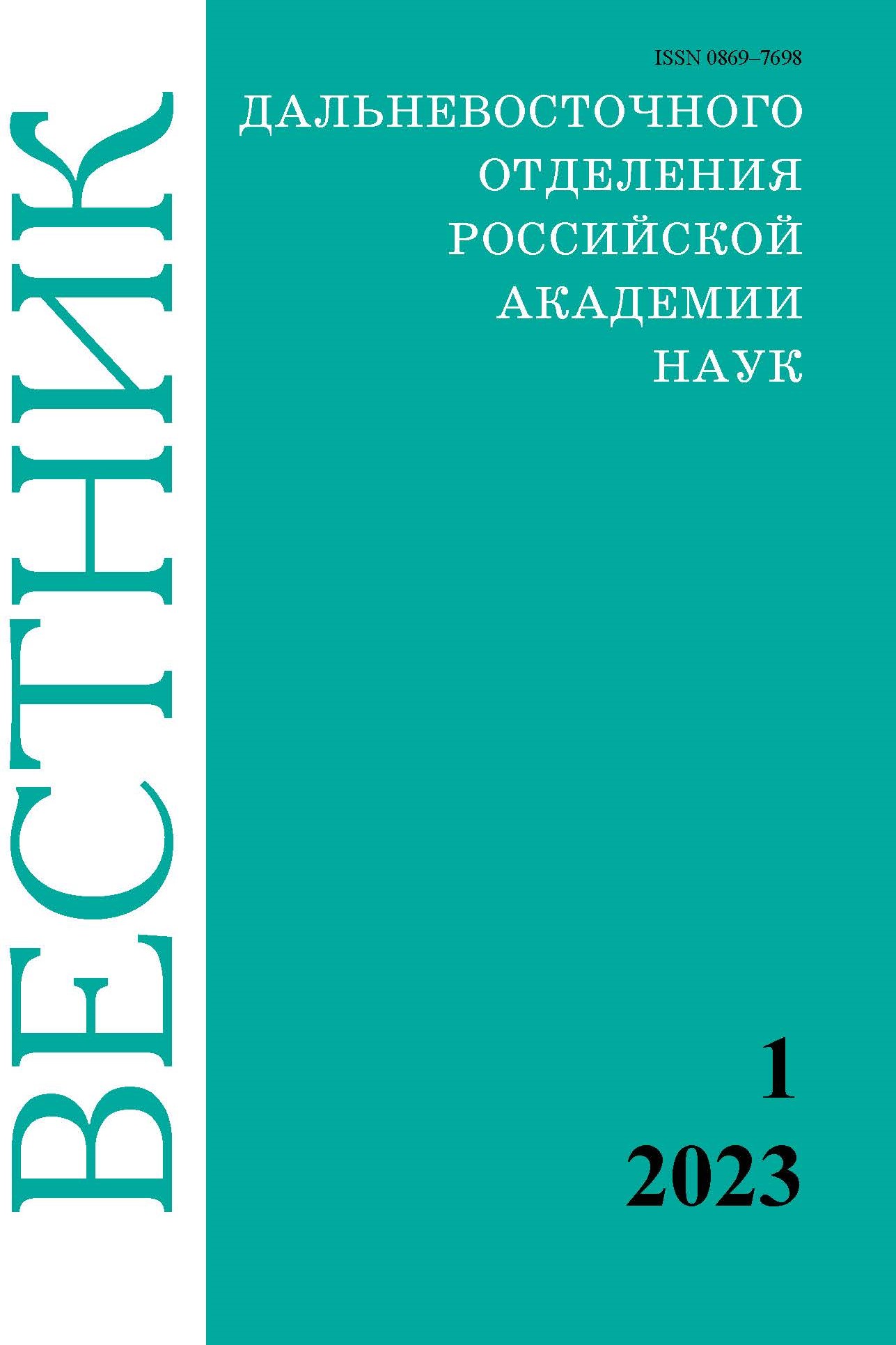Bivalve mollusks from the Kurasiyskaya Formation in the Southwest Sakhalin
Keywords:
bivalve mollusks, Miocene, Southwest SakhalinAbstract
The results of the study of bivalve mollusks faunae remains from rocks of the Kurasiyskaya Formation developed in the Southwest Sakhalin as well as history of formation identification and research are presented. A stratigraphically important sequence of sedimentary deposits related to the Kurasiyskaya Formation was found near Novoselovo settlement and the contact with the subjacent Sertunaiskaya Formation was traced. The analysis of bivalve mollusks fauna from the sequence and its age has been proved: the middle Miocene for the underlying Sertunaiskaya and the middle-late Miocene for the overlapping Kurasiyskaya Formation. It is established that in spite of similar ecology there is a difference between taxonomic compositions and paleobiogeographic structures of the Kurasiyskaya and Sertunaiskaya faunas of bivalve mollusks. Apparently, this reflects a tendency of climate cooling on the Far East during the middle-late Miocene (just the time of formation of the Sertunaiskaya and Kurasiyskaya deposits on Sakhalin).


